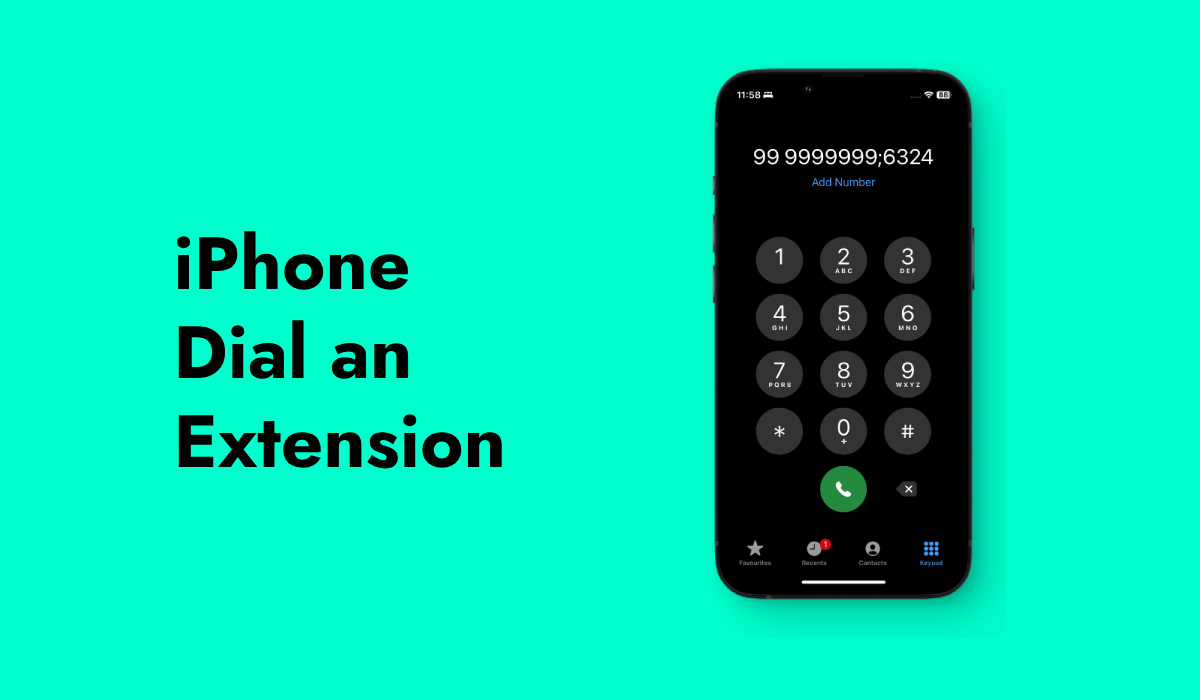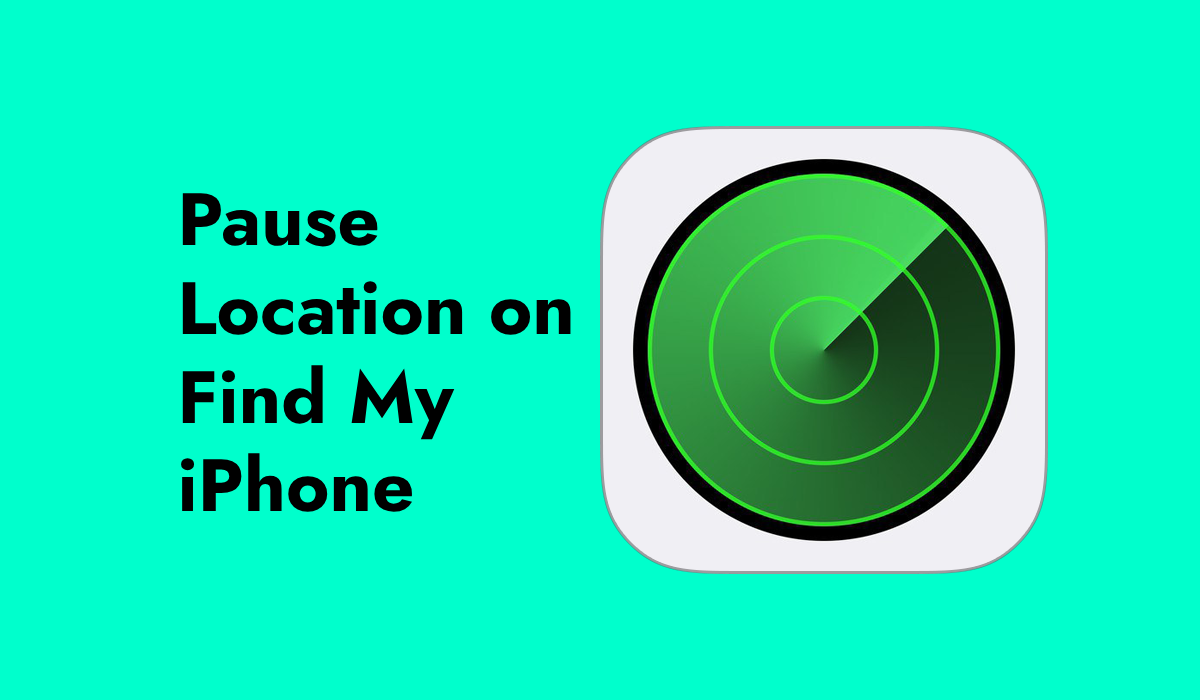In a world where online presence is currency, personal branding has never been more critical. Whether you’re a freelancer, a digital nomad, or a small business owner, your brand is what sets you apart from the competition. It’s the story you tell the world about who you are, what you stand for, and the value you can offer.
Personal Branding
But how do you approach personal branding in a way that’s authentic and effective? This post will guide you through five actionable steps to build a personal brand that resonates with your audience and helps you achieve your professional goals.
Step 1: Define Your Target Audience
Your brand is not about you; it’s about the people you aim to serve. To start, you must define your target audience. Who are they? What do they care about? What challenges do they face; you can help solve? By understanding your audience’s demographics, psychographics, and pain points, you can tailor your personal branding efforts to speak directly to their needs and interests.
Understand Demographics
Demographics provide a snapshot of your ideal audience. It includes quantifiable data such as age, gender, income, education, or job role. Your choice of language, content topics, and choice of platform will be crafted to best engage this group.
Explore Psychographics
Psychographics go a step further to understand the lifestyle, values, and aspirations of your audience. This insight shapes the tone of your branding, the causes you support, and the type of content that emotionally resonates with them.
Identify Pain Points
Knowing the pain points of your audience allows you to position yourself as the solution. Whether it’s offering career advice, productivity tips, or business expertise, your personal brand should emphasize the value you can provide in alleviating these pain points.
Step 2: Craft Your Unique Value Proposition (UVP)
What makes you unique? Your Unique Value Proposition (UVP) is the unique benefit or promise of value that you bring to your audience. It’s a clear statement that communicates the problems you solve and why you’re the person for the job.
Reflect on Your Skills and Passions
Start by reflecting on what you’re good at and what you love doing. Often, the intersection of these two factors is where your UVP lies. Think about how these skills and passions can address the needs of your target audience.
Research the Competition
Understanding your competitors can help you position your UVP. Research those who have similar skill sets or market themselves to the same audience. Identify gaps or areas where you can differentiate yourself.
Clearly Articulate Your UVP
Your UVP should be short, clear, and easily understood by your audience. Avoid jargon and buzzwords; focus on the tangible benefits and outcomes you offer. Your UVP should be a part of every communication you make.
Step 3: Develop Your Visual and Verbal Identity
Consistency is key in personal branding. Your visual and verbal identity – including your logo, color palette, fonts, and the tone of your messaging – should be aligned with your UVP and the perception you want to create.
Visual Identity
Your visual identity is the first thing that catches people’s eyes. Develop a simple, memorable logo and choose a color scheme that aligns with the emotions you want to evoke. Use these consistently across your website, social media profiles, and any other online platforms.
Verbal Identity
The way you speak and write is an extension of your personality and brand. Develop a tone that’s consistent with your UVP and appeals to your target audience. Whether it’s authoritative, friendly, quirky, or inspiring, make sure it’s consistent.
Ensure Cross-Platform Consistency
All your online touchpoints must have a cohesive visual and verbal identity. This includes everything from the profile picture you use to the content you share. Consistency helps build recognition and trust.
Step 4: Build Your Online Presence
In the digital age, if you’re not online, you’re virtually invisible. Building a robust online presence is crucial for personal branding. This involves creating a professional website, being active on relevant social media platforms, and engaging in online communities.
Create a Professional Website
Your website is your online business card. It should be professional, easy to navigate, and reflect your personal brand. Include your bio, services offered, a portfolio if applicable, testimonials, and a blog to showcase your expertise.
Social Media Channels
Choose the social media platforms where your audience hangs out. Be active by sharing valuable content, networking, and engaging with your audience. Each platform should reflect your visual and verbal identity.
Online Communities
Join online forums, groups, and communities where your target audience is active. Provide value, answer questions, and establish yourself as a helpful and knowledgeable member. This not only boosts your online presence but also helps you network.
Step 5: Tell Your Story
Your personal brand is more than a resume or a list of your accomplishments. It’s the story of your professional journey, your values, and what makes you tick. Use storytelling to make a genuine connection with your audience.
Be Authentic
Authenticity builds trust. Share your successes, failures, and lessons learned. Be transparent about who you are and what you stand for. People resonate with real stories.
Be Consistent
Be clear on the themes and messages you want to convey through your story. This will ensure that your personal brand remains consistent and recognisable across all channels.
Showcase Your Personality
Don’t be afraid to showcase your personality. Whether you’re funny, intellectual, or down-to-earth, your personality sets the tone for your personal brand. Just make sure it aligns with your UVP and appeals to your target audience.
By following these five steps, you can develop a personal brand that not only reflects who you are but also appeals to the people you want to reach. Remember that personal branding is an ongoing process. It evolves as you do, just as a brand does in the marketplace. Stay true to your values, be consistent, and keep engaging with your audience. That’s the recipe for a personal brand that can propel your professional success.






